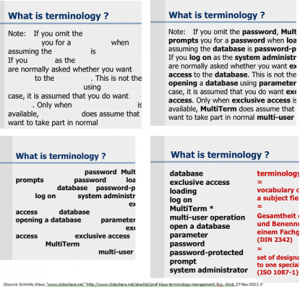This content has been archived. It may no longer be relevant

Yet, as you may have learned from a certain movie, a Quarter Pounder is not always a Quarter Pounder. Why?
Because, as Mr. Travolta explains (in more colorful terms), that name doesn’t apply to markets that use metric measurements. So, in Paris and elsewhere, that particular hamburger is a “Royal Cheese”. A marketing decision was made, to suggest the richness and ample trimmings of the sandwich using royal imagery, rather than an indication of weight. This would be another instance of transcreation in commercial translation, as we’ve written about here. A business with franchises in multiple markets needs the linguistic flexibility to relate to multilingual clients in a warm, approachable, even playful way… but not so flexible that different franchises end up specializing their terms into incomprehensibility!
How to ensure that “Royal Cheese” (France), “Quarterão com Queijo” (Brazil), and other names in many languages all remain the standard appellations for that particular sandwich? How to keep everyone on the same page?
The answer: terminology. An established terminology, kept in a comprehensive glossary and regularly curated, updated, is an absolute must for a company with presence in markets abroad. You can bet that every successful global business, whether it sells sandwiches, footwear or microprocessors, has an expansive glossary; the company’s content creators have compiled a list of specific terms that must remain consistent across all markets (as detailed here), and developed an official translation of this list for each foreign market, in conjunction with a language service provider. This is a huge task, no doubt. It’s also not a task that ever really ends. Glossary creation entails glossary curation – with every new product launch and every new language, the terminology has to be made current.
Daunting? It doesn’t have to be. We’re serious about terminology management, and we’ve developed glossaries for a few successful multinational organizations, including a prominent fast-concept food chain (not McDonald’s, but you probably wouldn’t have to go far to eat lunch there). Working with TrueLanguage has facilitated this chain’s global expansion, and tripled the size of its multilingual glossary, from 120 terms in 2 languages to 360 terms in 6 languages over the course of the first year, and still growing.
No matter how you measure it, in the metric system or otherwise, that’s the kind of growth every business wants to see!

